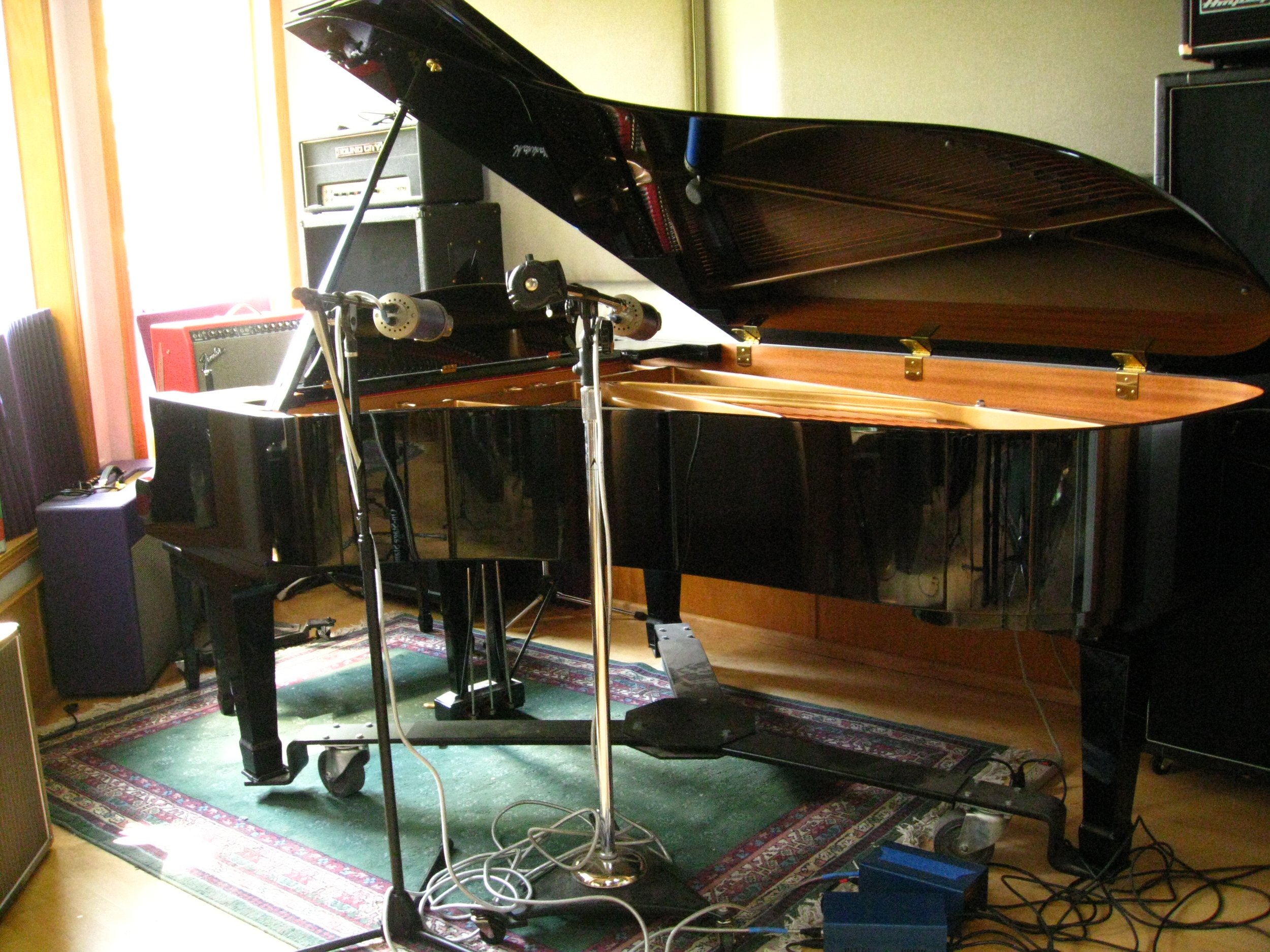4 Reasons To Use Compression Before EQ
Mixing audio can be a challenging task, but using compression before equalization (EQ) can help to make the process much more manageable. Compression and EQ are two of the most important tools in a mixing engineer's toolbox, and when used together, they can help to create a polished and professional sound.
I’m here to make a case for compressing BEFORE equalization.
Now, before I get in trouble, let me say that I do use both techniques and mix the order up in terms of when I use EQ and compression. Both sequences have their advantages, and you’ll find great mix engineers using both these techniques…and using both techniques track to track in the same mix! In most situations though, I personally prefer compression before EQ. Ultimately, you always have to trust your ears. That being said, let’s dive into some of the advantages of working with compression before EQ.
A MORE EVEN OVERALL SOUND
One of the main benefits of using compression before EQ is that it helps to even out the levels of the audio. Compression works by reducing the dynamic range of the audio, which means that the loudest parts of the audio are brought down to a more manageable level. This can help to prevent clipping and distortion, which can occur when the audio is too loud or recorded in a less than perfect situation. Cleaner audio in turn is easier to work with and shape with an EQ.
COHESIVENESS
Another benefit of using compression before EQ is that it can help to create a more cohesive sound. When all the audio is at a similar level, it is easier to hear the individual elements and adjust them. Your ear isn’t tricked by elements sounding more exciting or fuller simply because they are louder. This can be especially helpful when working with vocals, as it can be difficult to hear the lyrics when the vocals are too quiet or too loud. Large vocal counts, multiple lead vocals, vocal stacks, etc. sound louder and more present in a mix when the loud sections are not peaking, and the quiet parts are not getting lost.
PRECISE EQ MOVES
Using compression before EQ also allows for more precise equalization. When the audio is compressed first, the EQ can be used to fine-tune the sound without having to worry about making drastic changes to the levels since the overall level is evened out. This can be especially helpful when working with a mix that has a larger track count. You can make more precise movements, rather than larger sweeping moves
A POLISHED SOUND
Along with this, compression before EQ can also help to create a more polished and professional sound. When the audio is compressed first, it can help to add definition and clarity to the sound. This added clarity can fix issues that you would otherwise try and fix with multiple EQ moves. This benefit is double sided because EQ inevitably effects the phase of the track it is on. By using fewer EQ moves, and solving some of the issues with compression, your audio has a better chance of being fuller and clearer.
For example, an EQ boost in the high end could introduce a comb filtering sound on a track. Let’s imagine a recording where a microphone is placed near the open lid of grand piano, the delay between the direct and reflected sound could create a comb filter acoustically in the air. By compressing the signal and then making EQ cuts in specific areas, one could achieve the effect of a high-end boost without having to reach for an EQ boost – and without introducing the comb filtering sound or at least without exaggerating it if it is already present.
The best way to figure out what order to work in is to trust your ear and experiment. What works on one track may not work on the next. Knowing the advantages of both compression and EQ and what end sound you are trying to achieve can help bring clarity to your mix. And of course, you’re always free to use multiple EQs and compressors and use both techniques simultaneously. Have fun, experiment, and trust your ears!






